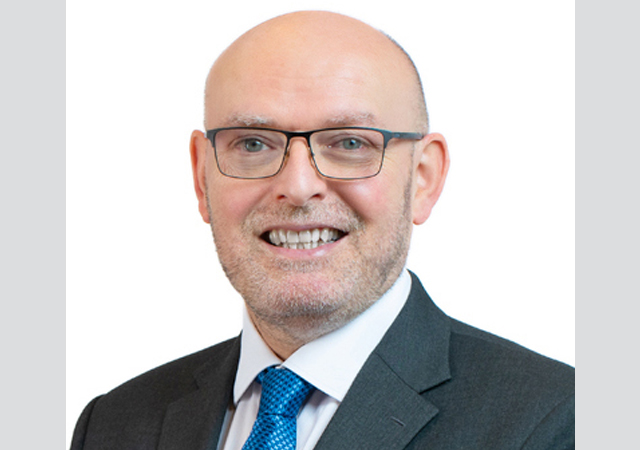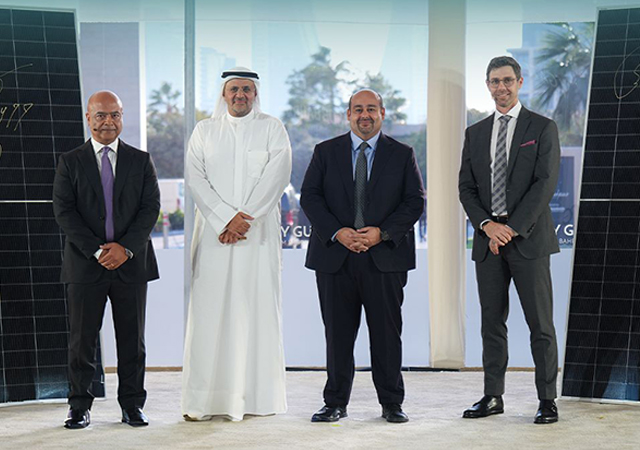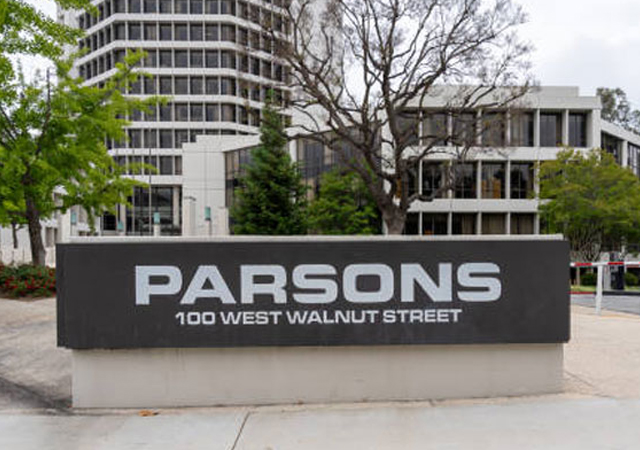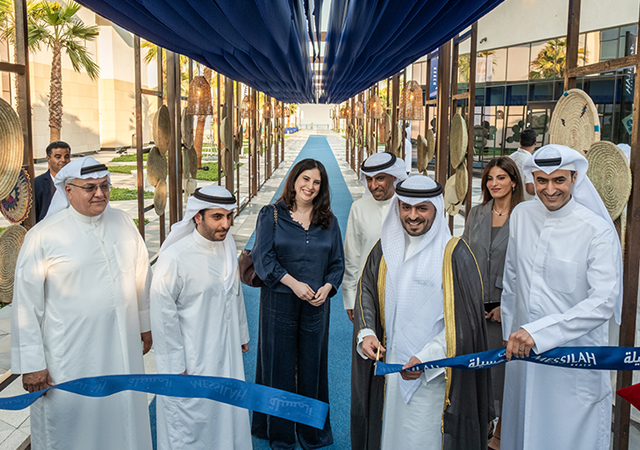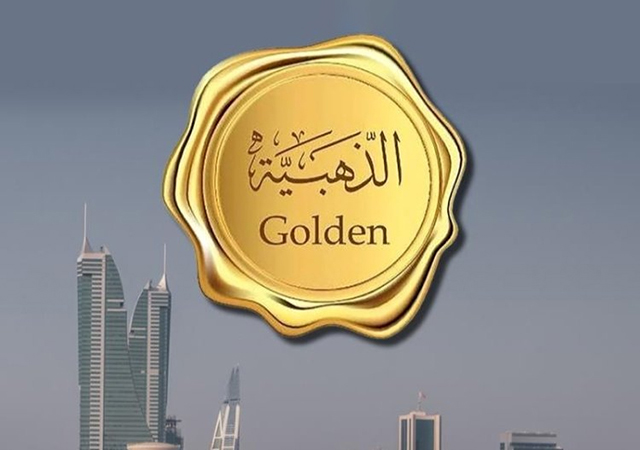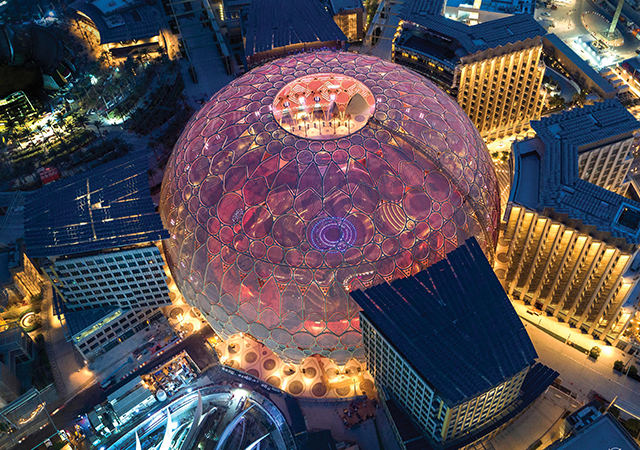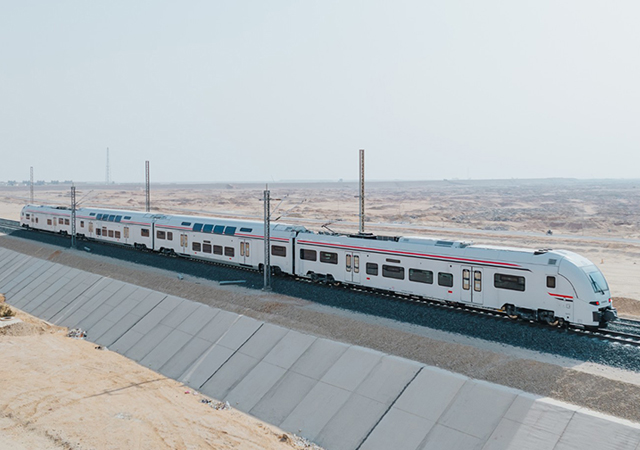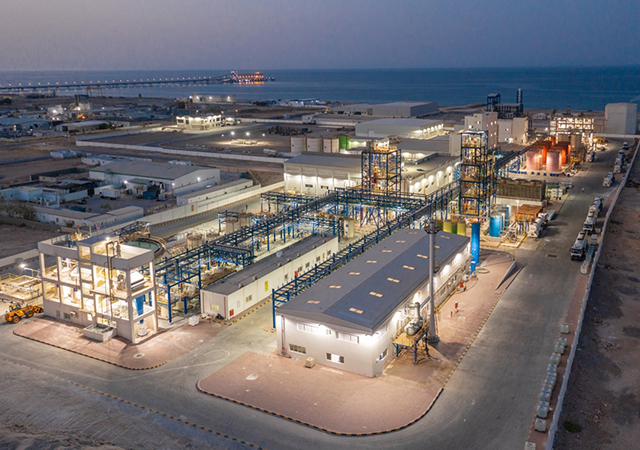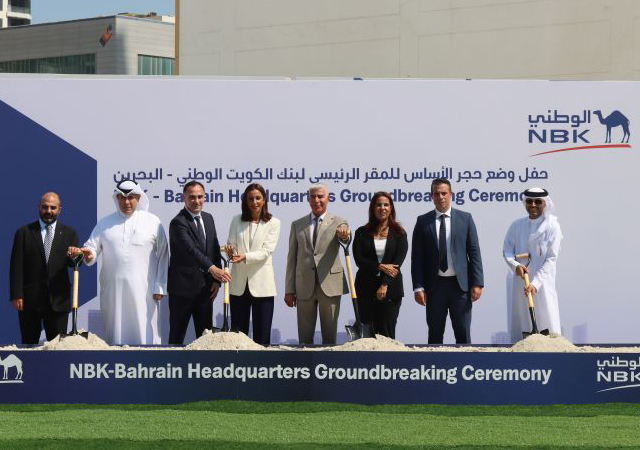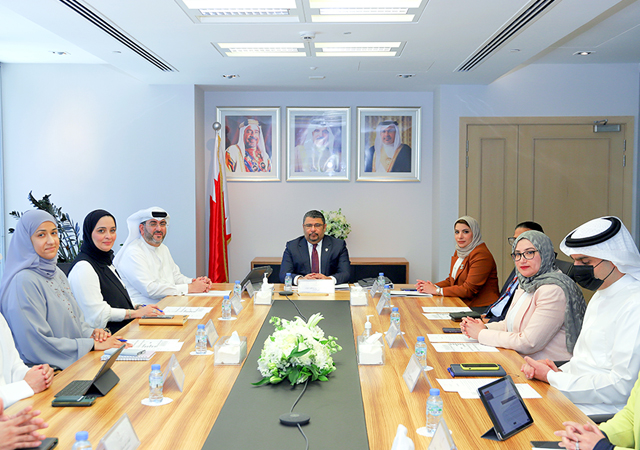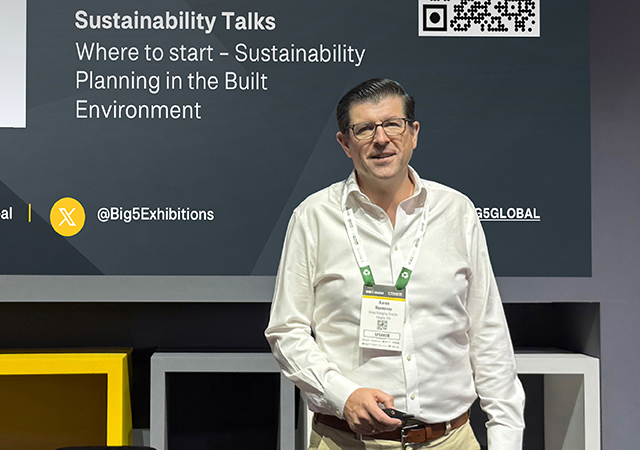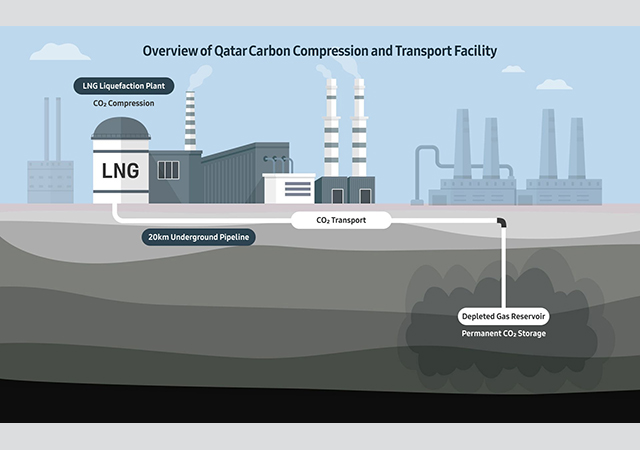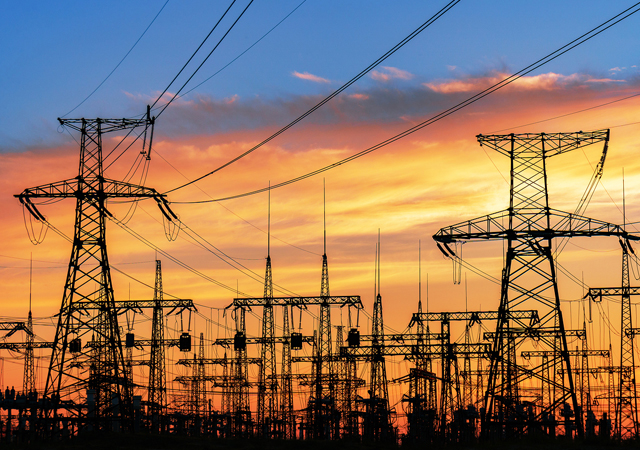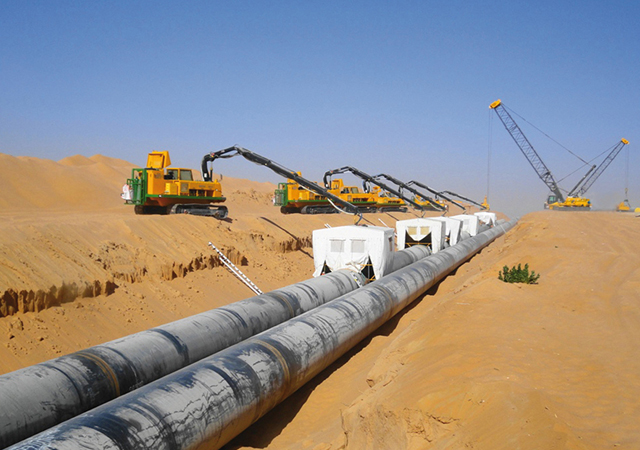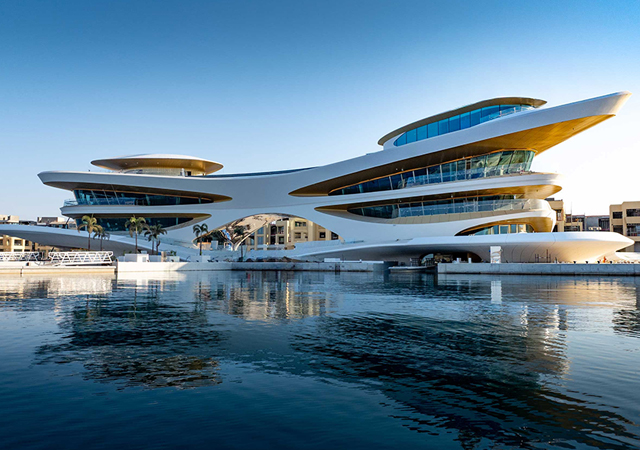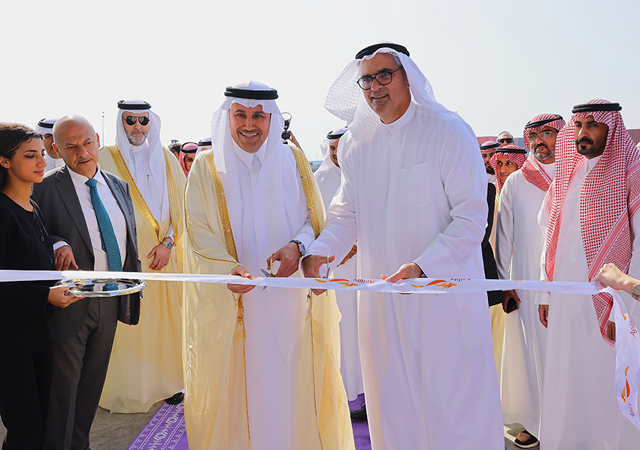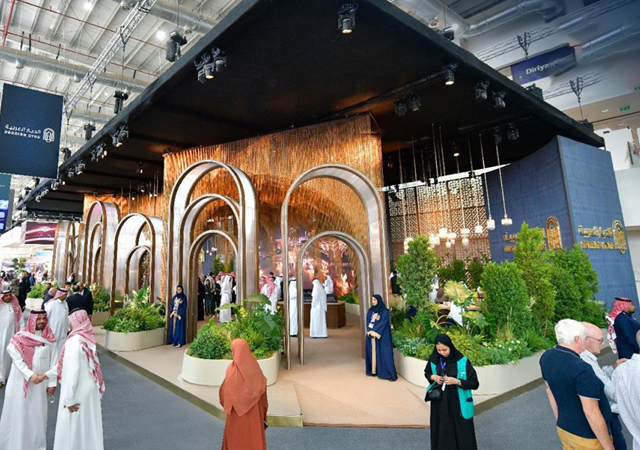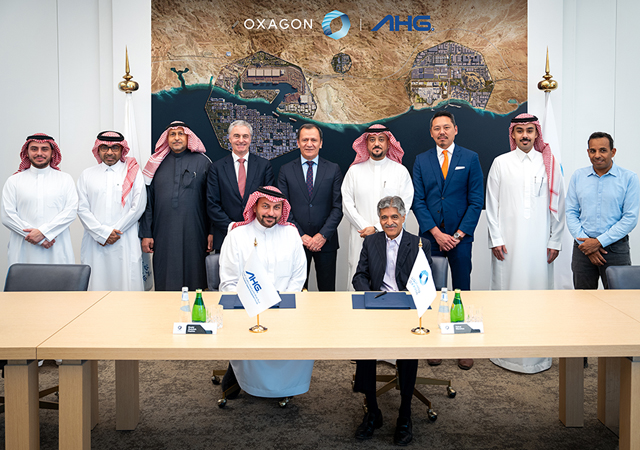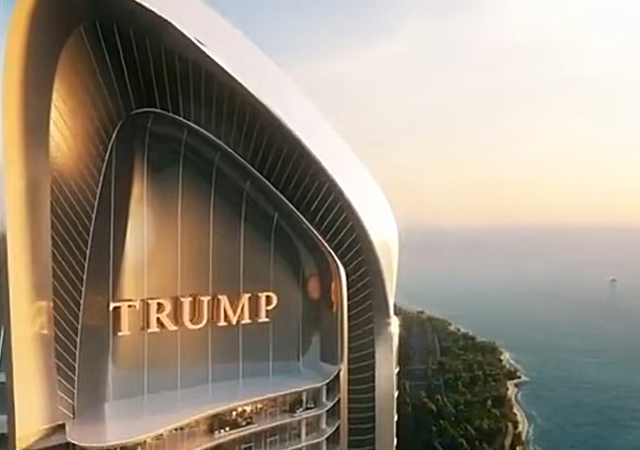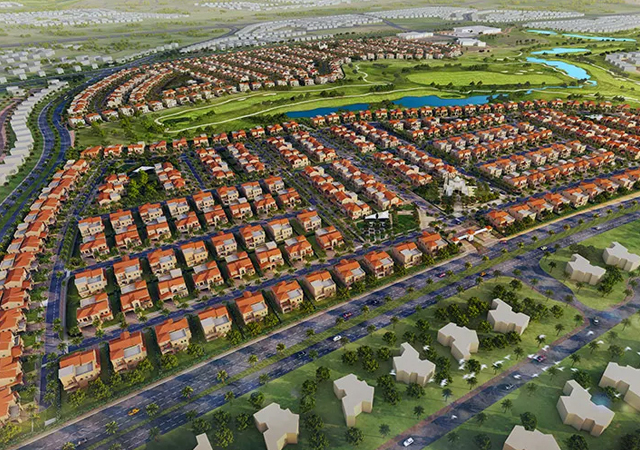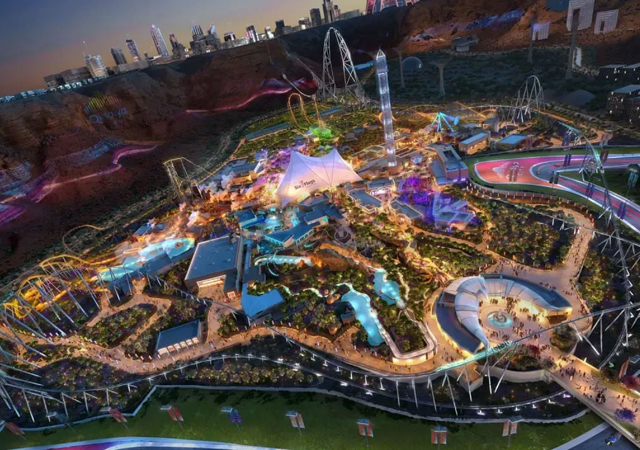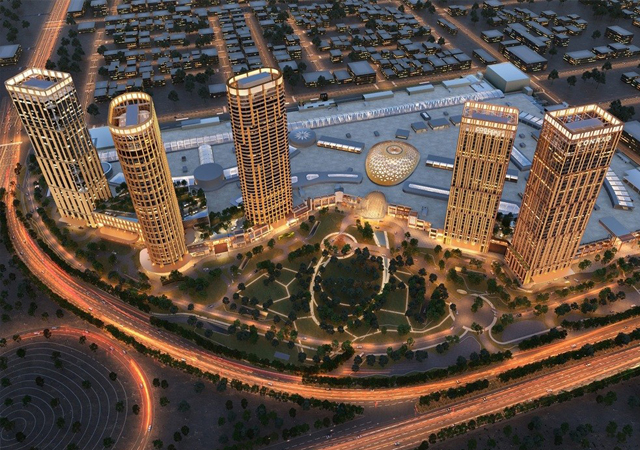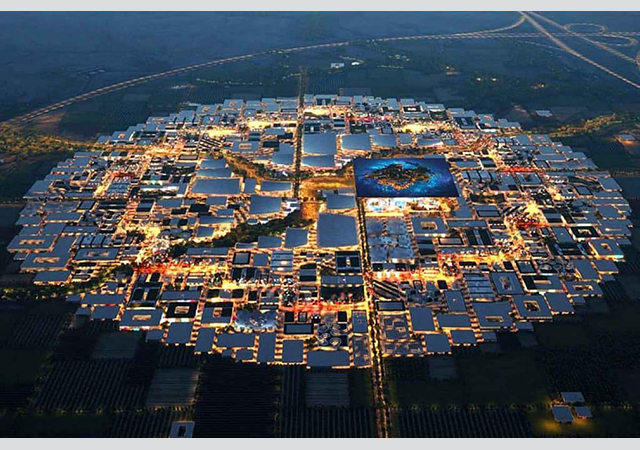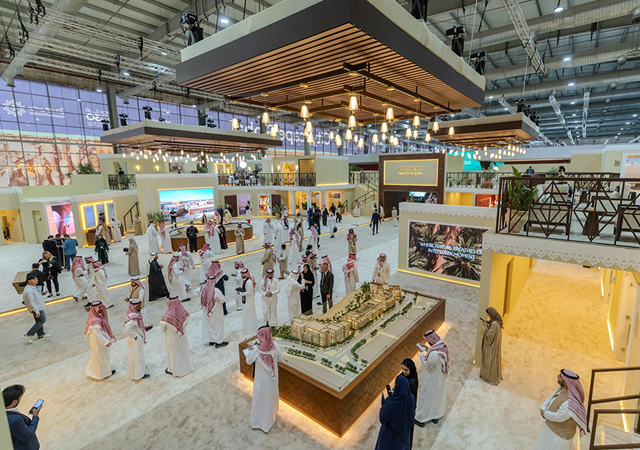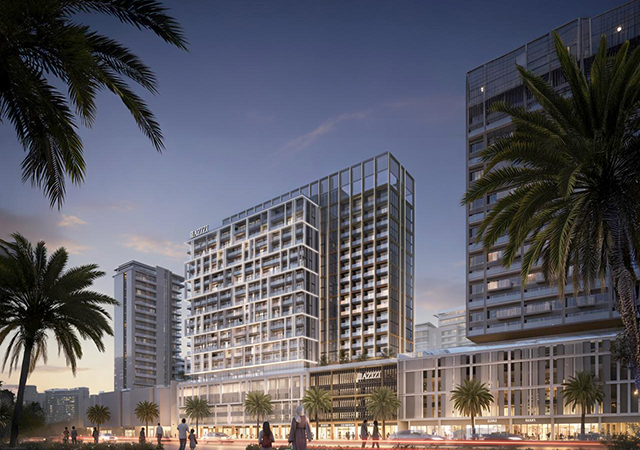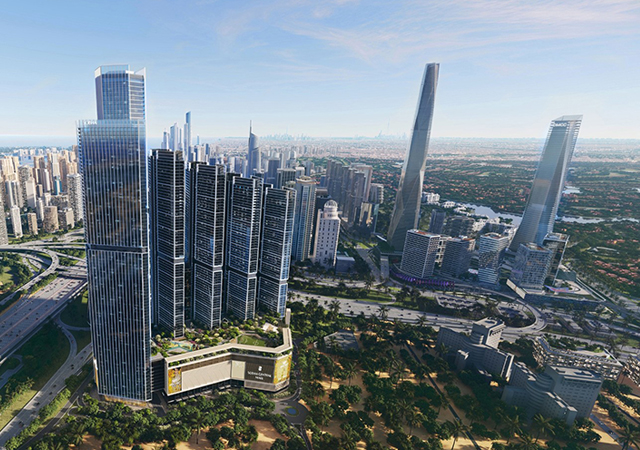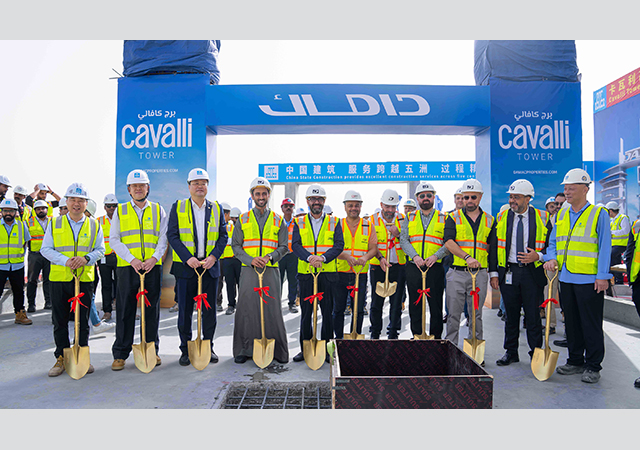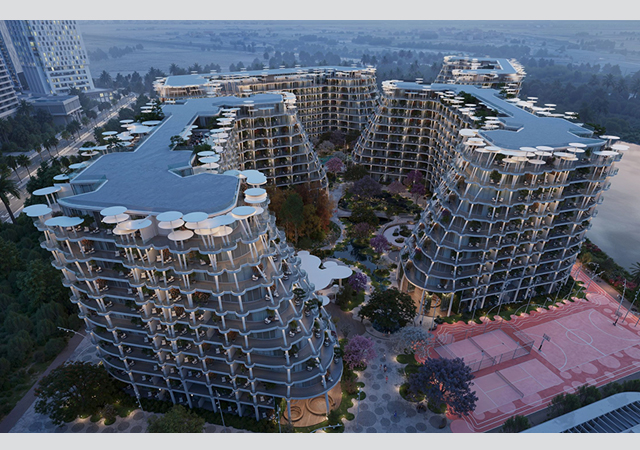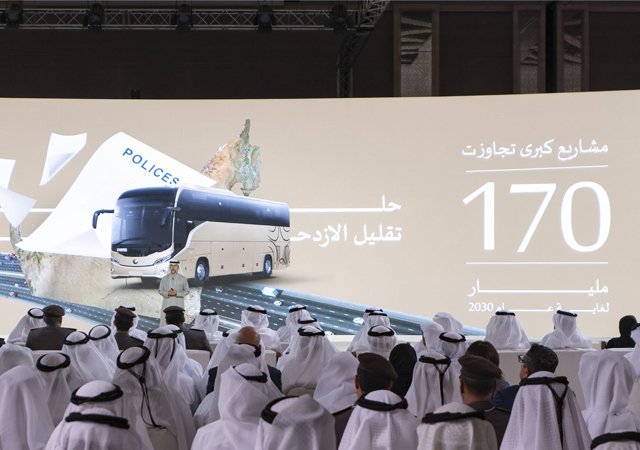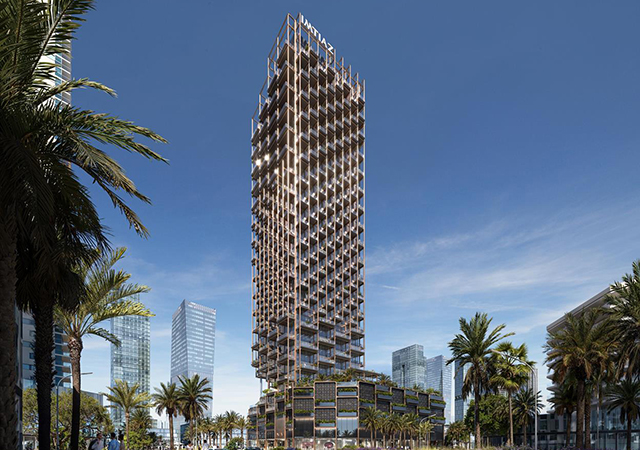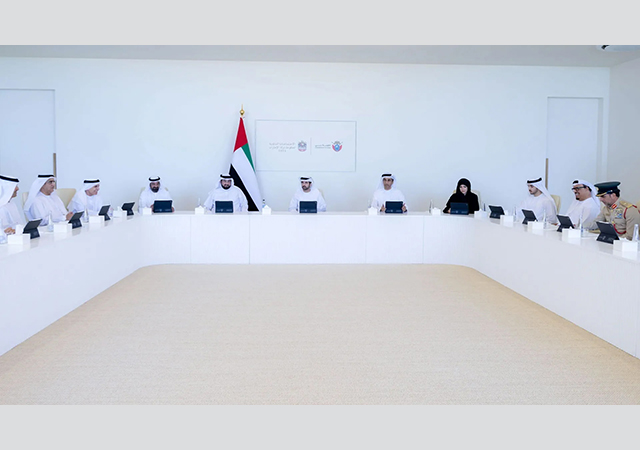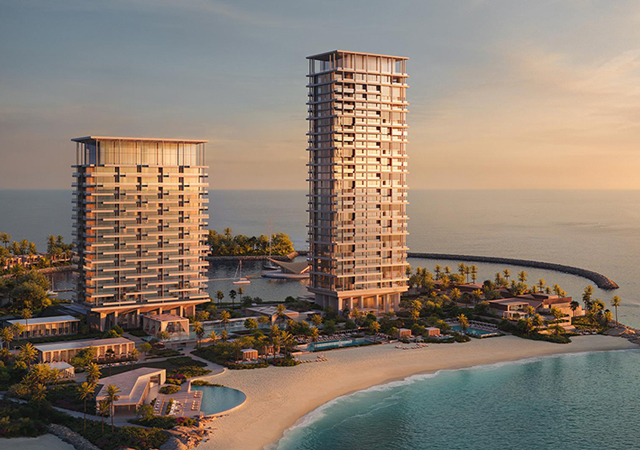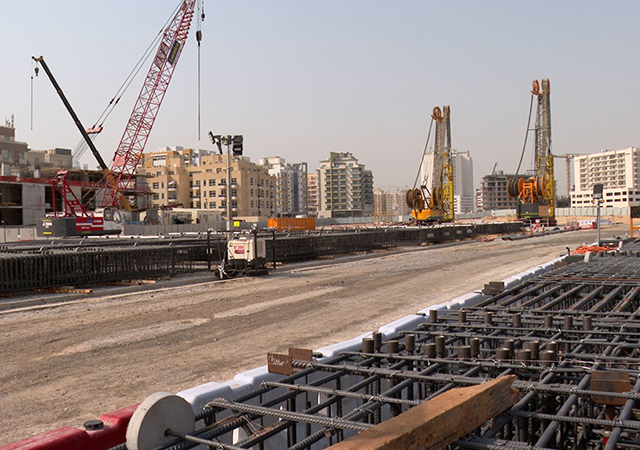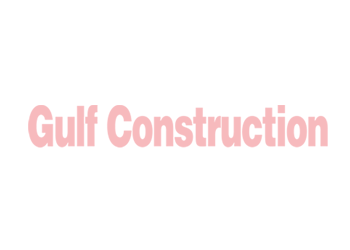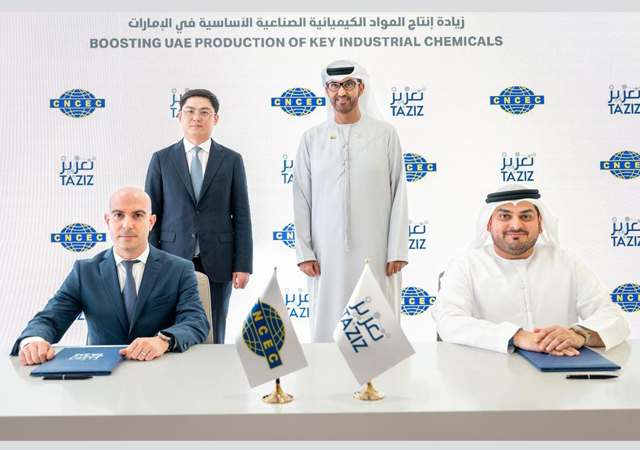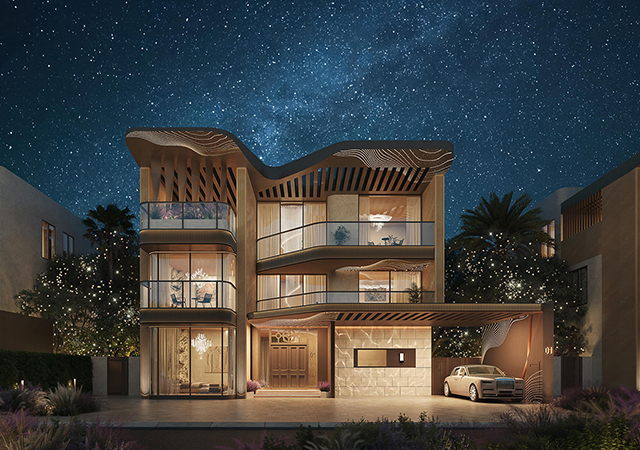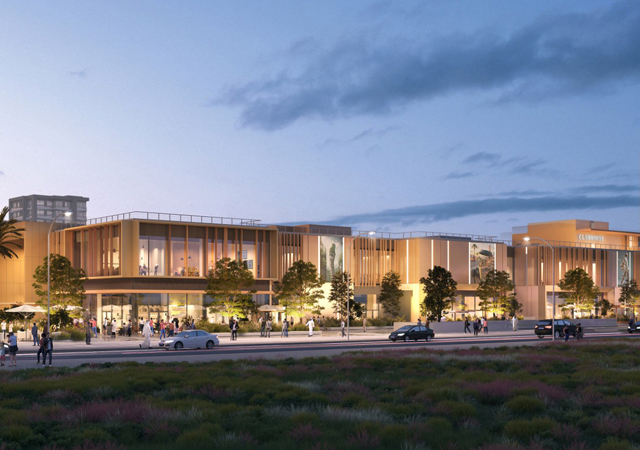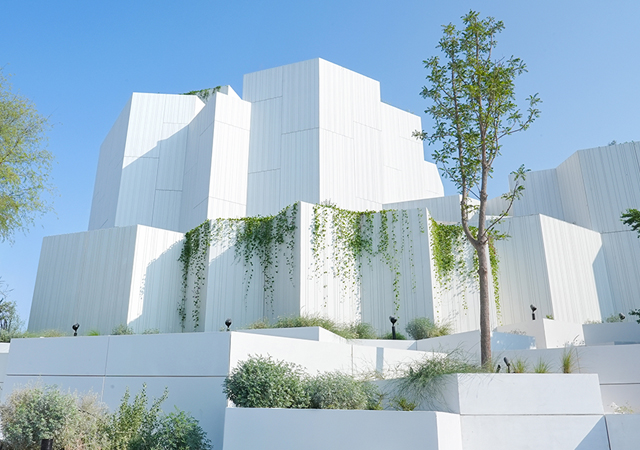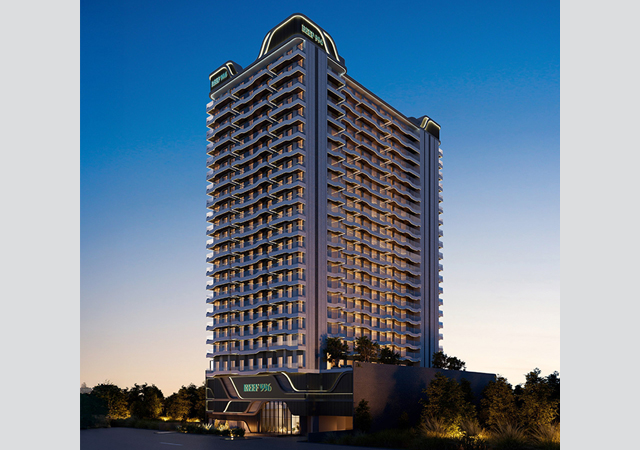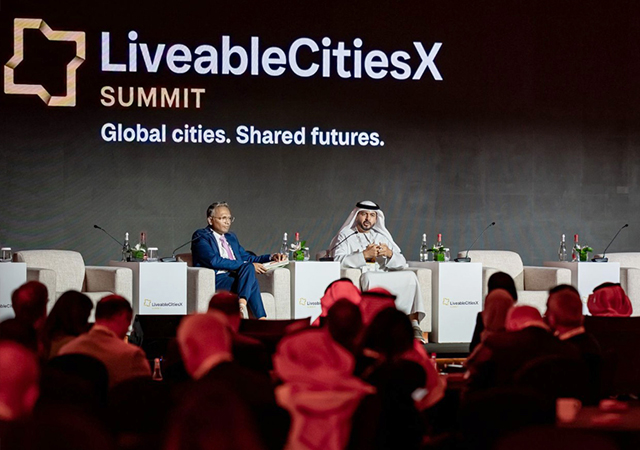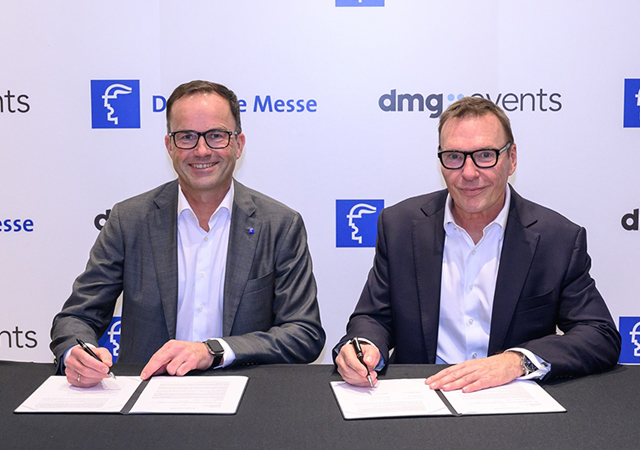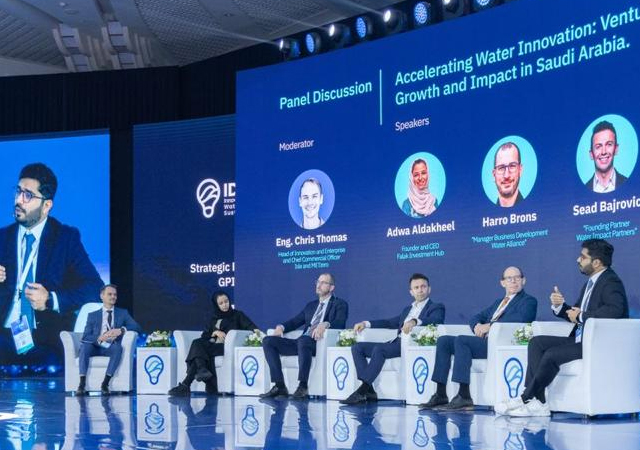
 Yas Island ... set to house the world’s first Ferrari World.
Yas Island ... set to house the world’s first Ferrari World.
With Abu Dhabi pouring hundreds of billions of dollars into its infrastructure, industry, tourism facilities and real estate, construction fever is running high as the emirate presses ahead with visionary plans to invest and diversify its economy.
For players in the construction industry, these are exciting times to be in Abu Dhabi, which is taking the dictum – if you build it they will come – and applying it with single-minded determination to secure the emirate’s future in preparation for the day when oil eventually runs out.
One of Abu Dhabi’s senior planners recently summed up the mood when he said that a radical transformation of the government and economy was under way.
“We have set about implementing changes that are intended to revolutionise the way in which Abu Dhabi operates,” Abu Dhabi Executive Council Mohammed Ahmed Al Bowardi said in comments to the British Business Group’s Capital Letter magazine.
These changes, he said, include restructuring, revising and updating the government’s machinery, and a fresh focus to diversify the economy with special economic zones.
“Now,” he said, “the process has begun to accelerate, helped, in part, by the fact that high oil prices have generated substantial revenues that can be ploughed into other forms of economic development.”
The statistics speak for themselves: Gulf Construction estimates that major real estate projects worth more than Dh380 billion ($103 billion) are already in various stages of progress in the emirate while another $43 billion are on the drawing board, including the $7 billion Mohammed bin Zayed City. This apart, several industrial ventures including an estimated $5 billion petrochemical venture and a $8 billion aluminium smelter have been initiated.
The major projects under way in the emirate include the Saadiyat Island at Dh100 billion, the Yas Island development (Dh147 billion), Al Raha Beach (Dh54 billion), Danet Abu Dhabi (Dh34 billion), Al Reem Island including Najmat Abu Dhabi (Dh29.36 billion) and Shams Abu Dhabi (Dh9.1 billion) and Capital Centre (Dh8 billion).
Over the past nine months projects worth Dh100 billion have been unveiled including the Dh18.35 billion Green Community by Masdar, the Dh11 billion Desert Islands project by the Tourism Development and Investment Company (TDIC), the Dh7.34 billion Marina Rise project by Eshraq, and Manazel’s Dh7 billion Building Materials City.
The emirate’s real estate sector is experiencing a boom, thanks to the opening up of the sector to foreigners. This has seen several developers – not only local but also from the rest of the Gulf as well as from further afield such as from Singapore (CapitaLand and Keppel Land) – join in the lucrative development projects unveiled by Abu Dhabi.
These mega mixed-use developments will enfold a multitude of hotels, retails and recreational facilities, allowing Abu Dhabi to capture some of the growing regional tourist traffic. In the next three years alone, the emirate is expected to see some 4,500 rooms brought on to the market.
Apart from the real estate bonanza, the emirate is also planning well into the future with its diversification programme which aims to reduce its reliance on hydrocarbons reserves. Now well under way, the programme will focus on public-private partnerships, with developments encompassing tourism, energy, real estate and social programmes.
Although the basis of the emirate’s economic strength remains its oil and gas wealth, the emirate is firmly focused on diversification, with the launch of the Industrial City of Abu Dhabi and the Khalifa Port and Industrial Zone, where almost half of the $25.5 billion project cost is coming from private sources.
New zones will also be created, with clusters being set up for petrochemicals, plastics, aluminium, steel and glass.
A key development in this area is the launch of what is expected to be the world’s largest single single-site aluminium smelter.
A major pioneering venture in the environmental field is the new carbon-neutral walled city, which is being designed by London architects, Norman Foster + Partners, for the Abu Dhabi Future Energy Company. The energy-alternative city will include a new university, special economic zones and research fields and plantations, with a view to being self-sustaining.
However, on the flip side of this feverish growth are the problems of skyrocketing rents. According to CB Richard Ellis data cited by Reuters, Abu Dhabi had the world’s fastest growing office rental market in the year to May 2007. Rents had almost doubled there in the five-month period, it said.
Abu Dhabi Airport
Integral to the emirate’s tourism ambitions is the Dh26 billion ($7.07 billion) programme for the redevelopment of Abu Dhabi International Airport, work on which has seen significant progress (see separate report).
The programme will allow for phased growth of passenger traffic to beyond 40 million per year from the current seven million, while cargo capacity will be boosted to 2.5 million tonnes per year.
Apart from world-class aviation facilities, the new programme will include a free zone, the creation of which marks a milestone in Abu Dhabi’s plans to establish itself as a dynamic business centre.
The free zone, which is expected to be operational next year, will take advantage of the airport’s strategic geographical position on the crossroads between the east and the west, and the large-scale economic development of the emirate.
Real Estate
Over the past year, the major real estate projects announced by the emirate have made significant headway with many buildings set to rise above the ground over this year. In addition, the master developers have managed to attract investment from around the Gulf as well as internationally.
Among such projects is the Saadiyat Island, where following the completion of the first construction site access road, developers participating in the development of the 27 sq km natural island lying 500 m offshore Abu Dhabi city can now proceed with works on site.
Saadiyat Island is the flagship project of TDIC, which has announced major plans for the Cultural District – one of the seven districts making up the masterplan of the island – including world-scale museums (see separate report).
Among the other projects being promoted within the development is a five-star waterfront hotel and beach resort by Abu Dhabi National Hotels Company. The new hotel complex, covering an area of approximately 75,000 sq m, will include 250 hotel rooms and 50 villas, plus restaurants, swimming pools, a beach club, a health spa and parking facilities.
Saadiyat will also be home to a distinctly-themed five-star Rotana Resort on the secluded Saadiyat Beach – another district of the island.
Meanwhile on Al Reem Island – which lies 300 m off the northern shore of Abu Dhabi – a number of leading developers have launched work within their respective sectors, including Shams Abu Dhabi, Najmat Abu Dhabi and Marina Square, each of which is a mega development in itself.
Sorouh is developing the Shams Abu Dhabi project which will feature five neighbourhoods including the signature Gate District, which will see the rise of the emirate’s tallest tower – the Sky Tower. Reem Developers is developing its flagship Najmat Abu Dhabi, while Tamouh is developing the Marina Square.
Tamouh’s project, which covers an area of 13.2 million sq ft, is slated for completion in 2009 and will include the first five-star Movenpick hotel in Abu Dhabi within a 41-storey building.
The entire island will be fully developed within 15 years (see separate report).
Other projects being developed by Sorouh include the Abu Dhabi Golf Gardens, the Tala Tower, Lulu Island, Al Nagfa Hotel and Mall in Al Ain and the Dh3.5 billion Saraya development on the Abu Dhabi Corniche (see separate report).
Work is also proceeding on the Raha Beach Development, which is being spearheaded by Aldar Properties (see separate report). The project – designed to accommodate a population of 120,000 – has enticed overseas investors such as Keppel Land which is developing the Al Muneera project on 13.6 hectares of land, comprising 1,198 apartments, 168 townhouses and 11 villas.
Aldar Properties is also developing the Yas Island project, a prestigious world-class leisure destination, with mixed-use tourist attractions including beaches, entertainment, shopping, hotels, residences, golfing, equestrian facilities and motor racing. Yas Island will host the world’s first ‘Ferrari World’.
Among the most striking developments within the island is a Formula One (F1) circuit, the $350 million construction contract for which has just been awarded to a joint venture of the Bahrain-based Cebarco and Malaysia WCT. The racetrack will be situated on the southern side of Yas Island and is expected to complete by the end of next year in time for the emirate to host its first F1 Grand Prix in 2009 (see UAE Focus).
Another prime real estate development is Danet Abu Dhabi being developed by Al Qudra Real Estate, which is targeted for completion within three years. Among the developers participating in its development is Rasyat Real Estate, a subsidiary of the Saudi company Mohamed Al Nahdi Real Estate Group, which is building the Burj Al Yaqut comprising 21 residential floors, one commercial floor and one retail floor.
Among other developments, Abu Dhabi Municipality recently launched a project that calls for the development of 347 towers within the five sectors located in Mohammed Bin Zayed City. It envisages the development of five new mega-scale high-rise residential sectors as well as commercial towers. The master plans for each of the sectors, carried out by KEO International Consultants, provide features that create family-oriented residential self-sustaining mini-cities to house over 50,000 inhabitants.
Meanwhile, the second phase of Abu Dhabi National Exhibitions Company’s (Adnec) ambitious Capital Centre has been launched, for completion by Autumn 2008. The business and residential micro-city will become the world’s first fully-networked exhibition and lifestyle destination (see separate report).
Another mega project, being developed by leading Dubai group Majid Al Futtaim Investments, is the proposed Festival City in Abu Dhabi, which is understood to be located on Al Reem Island and will overlook the new stock exchange building that will be built on Suwwa Island. The estimated $9.5 billion mixed-use development will, like its counterpart in Dubai, occupy more than 1 million sq m of land and involve a major commercial complex, hotels, and residential and office towers.
Hotels
Among the many new hotels being planned by the emirate is a new $136 million hotel, apartment and mall complex to be developed jointly by TDIC and Abu Dhabi’s Al Farida Investment Company. The complex will transform the area around Zayed Sports City – the largest sports stadium in the UAE. The five-star complex, known as ‘Bridgeway at Zayed Sports City’ will boast a 306-room hotel, 146 serviced apartments, 91 residential apartments, a health club, a conference centre as well as a 6,000 sq m ground floor shopping centre. Spanning some 101,200 sq m, the complex is due for completion in late 2009.
Fast nearing completion is the luxury Shangri-La Hotel, which forms part of the Between the Bridges complex. Phase One includes the hotel, seven villas, meeting and conference facilities, and the food and beverage outlets (see separate report).
Plans have also been unveiled for a five-star Grand Corniche Hotel, a 35-storey property designed by Singapore’s Surbana Consultant to reflect Abu Dhabi’s maritime heritage, according to the developers. The Dh370 million project, to be built by Abu Dhabi-based Bin Salem Group, on a 4,800 sq m site in Khalidiya leased from TDIC, is scheduled to open in December 2009.
Another major hotel complex is the $272 million resort to be developed by Abu Dhabi National Hotels next to the Grand Mosque on Abu Dhabi island. The resort will feature a five-star hotel made up of several interconnected towers, with about 360 rooms, banqueting facilities and 105 chalets.
Other international hotels entering the market include the Dusit Thani hotel with 593 rooms and suites, complemented by Dusit Residences with over 400 apartments.
Industry
Leading the industrial sector in Abu Dhabi is plastics solutions provider Borouge, which has signed a number of multi-million-dollar contracts for a major expansion of its production facilities in Ruwais, which will triple its production capacity. The Borouge 2 project, as it is known, will increase the company’s annual production capacity to two million tonnes of polyolefins and will include for the first time, polypropylene production (see separate report).
A major development in the industrial sector is the plan to build an aluminium smelter – the world’s largest single-site facility – in two phases at a total estimated cost of $8 billion. The first phase is expected to cost about $5 billion. SNC-Lavalin, in joint venture with its Australian partner WorleyParsons, has been awarded an engineering, procurement and construction management services contract by Emirates Alu-
minium (Emal) to design and build the smelter with an initial capacity estimated at 700,000 tonnes, and rising to an estimated total capacity of 1.4 million tonnes per year once Phase Two is completed. Phase One also includes the provision of a 2,000-MW power plant. Work is under way and front-end engineering and design studies are scheduled for completion this year with Phase One expected to be operational in 2010.
The project is part of a broader government initiative aimed at restructuring the Abu Dhabi economy to encourage greater private sector participation, attract foreign investment and know-how, and create jobs for the emirate’s young and fast-growing population.
The Emal complex will cover a 6 sq km site at Taweelah’s Khalifa Port and Industrial Zone, presently under development. Finished products will be shipped from the new Khalifa port, to be completed by the time Emal’s first capacity comes on stream.
Apart from the Building Material City, six new building materials factories will come up in Abu Dhabi to cater to the growing demand from the booming construction sector. The $204 million project is being developed by the Abu-Dhabi-based Arkan Building Materials and Saudi Arabia’s Construction Production Company (CPC).
Port
Phase One of Abu Dhabi’s new $2 billion Khalifa Port is expected to be completed in five years. Mubadala is acting as investor and developer of the Khalifa Port and Industrial Zone, strategically located at Al Taweelah, midway between Abu Dhabi and Dubai. Its state-of-the-art facilities will include a container terminal as well as dedicated bulk and general cargo terminals. It will have a cargo capacity of 33 million tonnes in the first phase. It will also include a 100 sq km industrial zone catering for base metals, heavy industry, chemicals, trade/logistics, building materials, medium and light industry, which will house the new aluminium smelter. Within five years, the entire port operations of Port Zayed in Abu Dhabi will be transferred to the Khalifa Port and Industrial Zone.
Other Projects
• Abu Dhabi will seek bidders next month for a $3 billion independent water and power project at Shuweihat. The plant will have a capacity of 1,500 MW of power and 100 million gallons of water;
• The UK’s Biwater, alongside Kuwait’s Mohammed Abdul-mohsin Kharafi and Sons and Abu Dhabi’s Al Qudra Holding, are the preferred bidders for a $544.7 million contract to build two sewerage treatment plants in the UAE;
• Aldar Properties will build a labour complex in Al Ain with a capacity for 16,000 workers. The Higher Corporation of Specialised Economic Zones is the client. The complex will have seven residential blocks, a shopping mall, medical clinic, mosque and administration building. The project will cost $136 million and will be built in phases up to 2009.



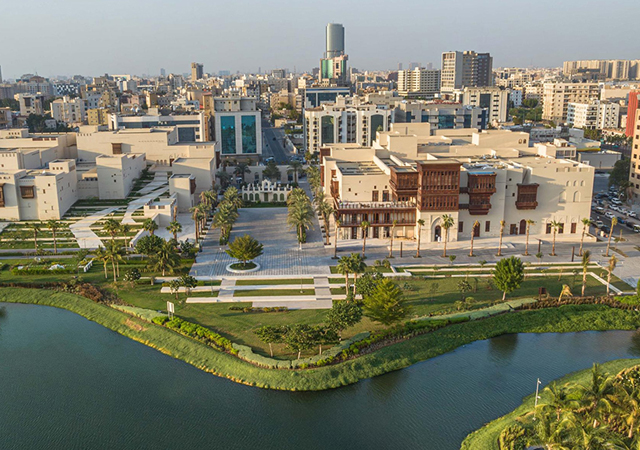
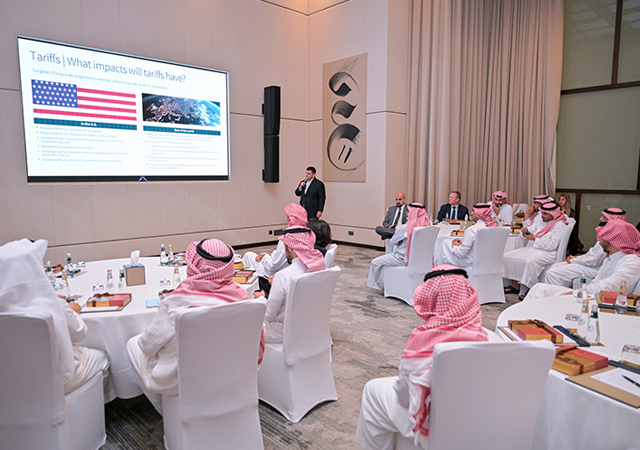
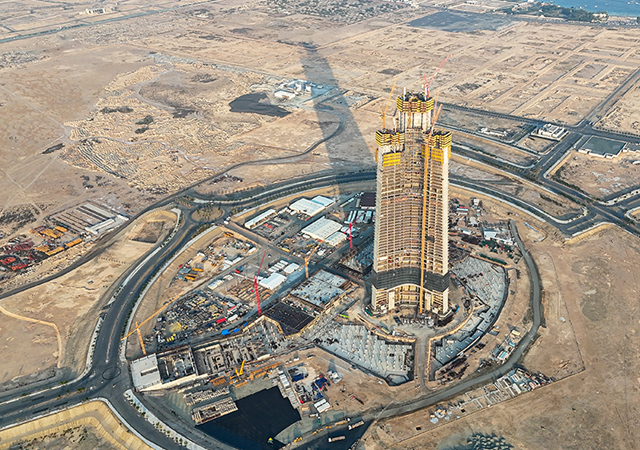
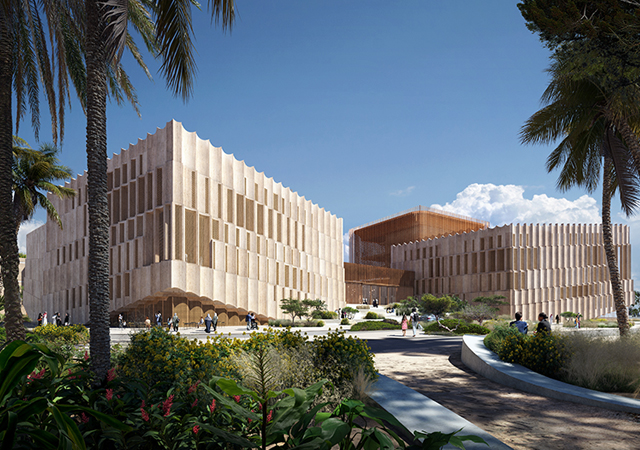
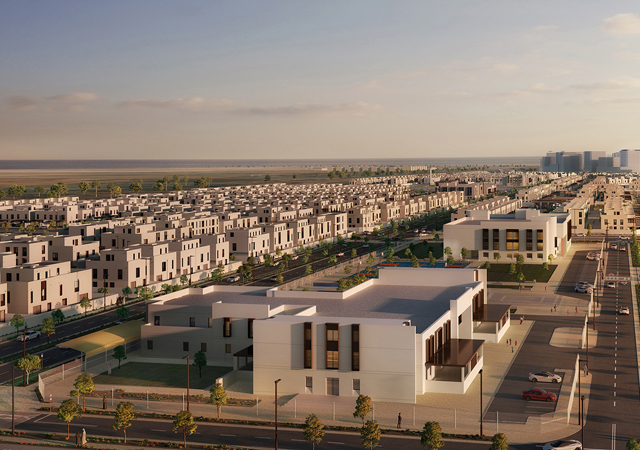
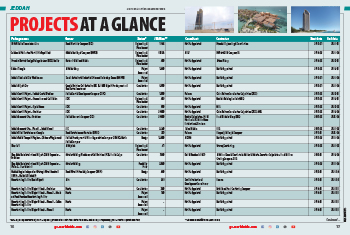
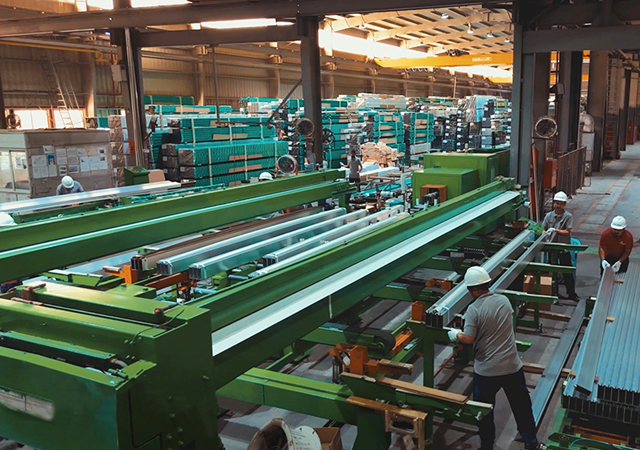

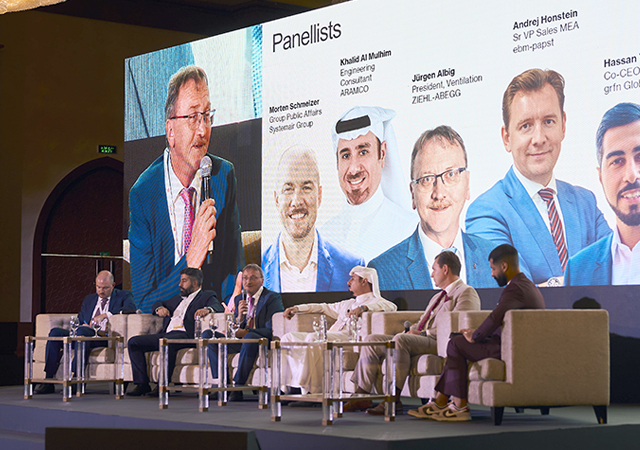
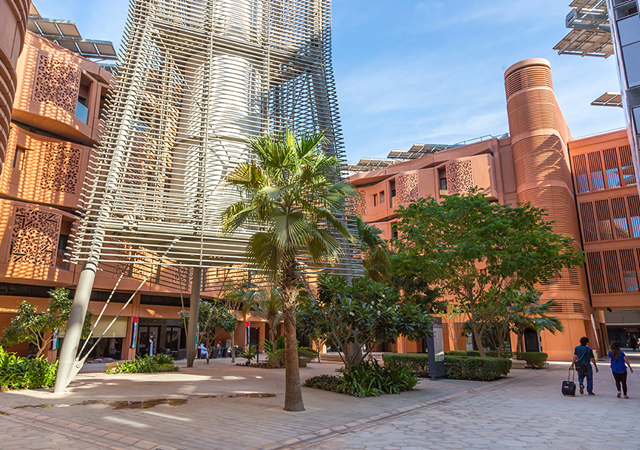
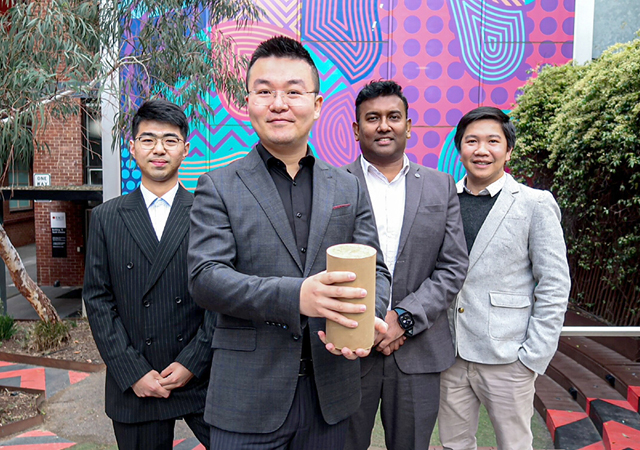

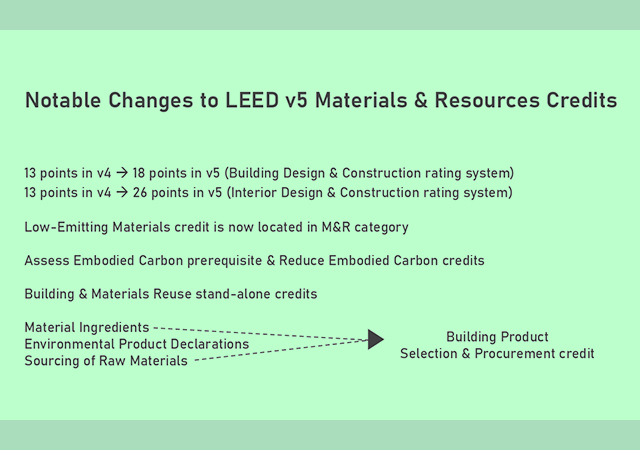
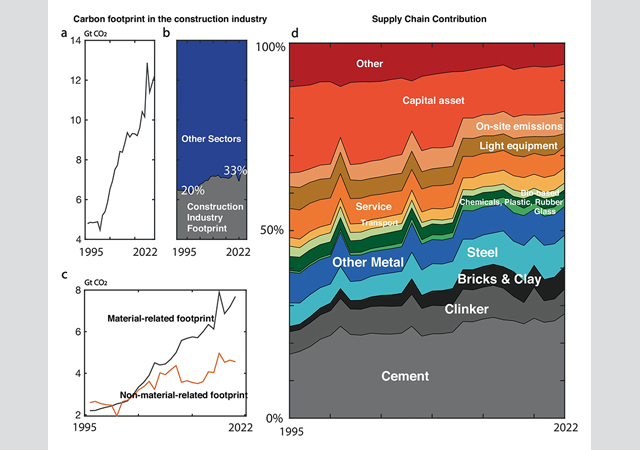
.jpg)
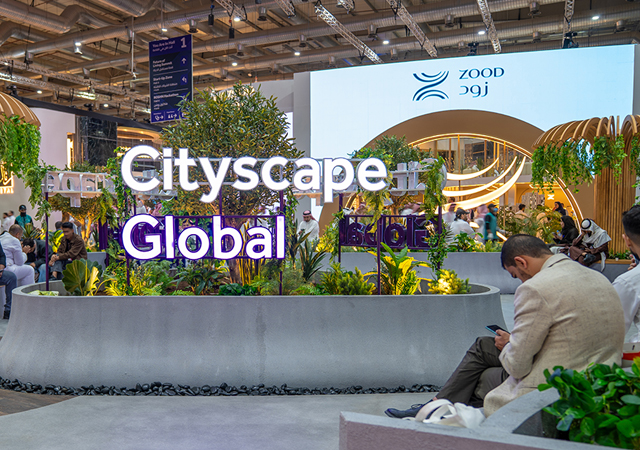
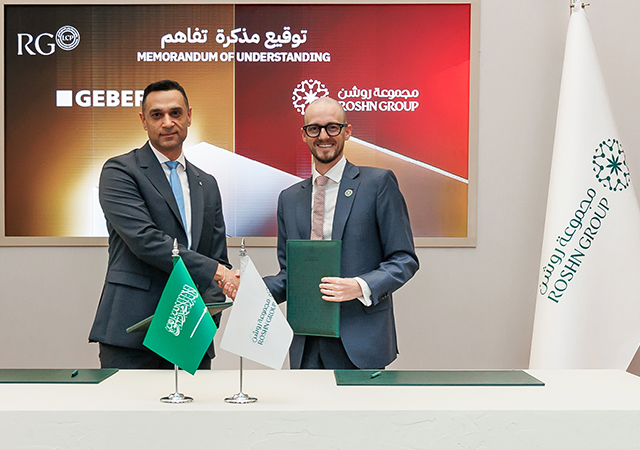
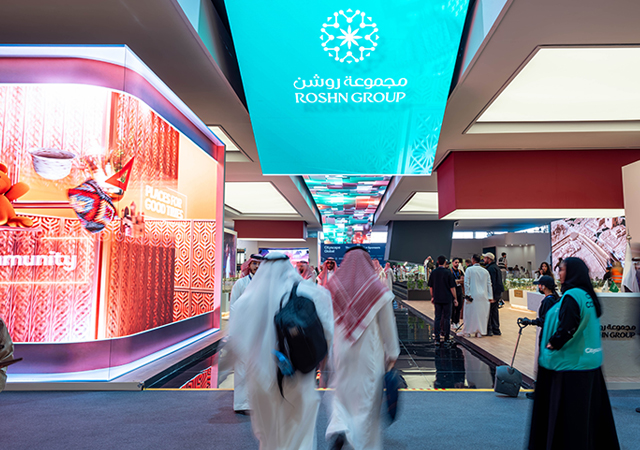
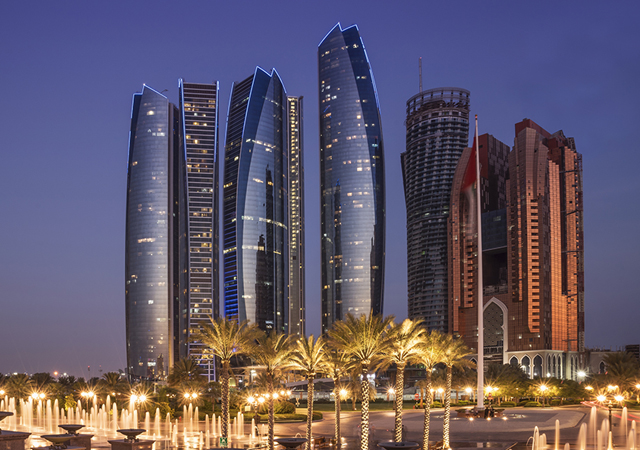
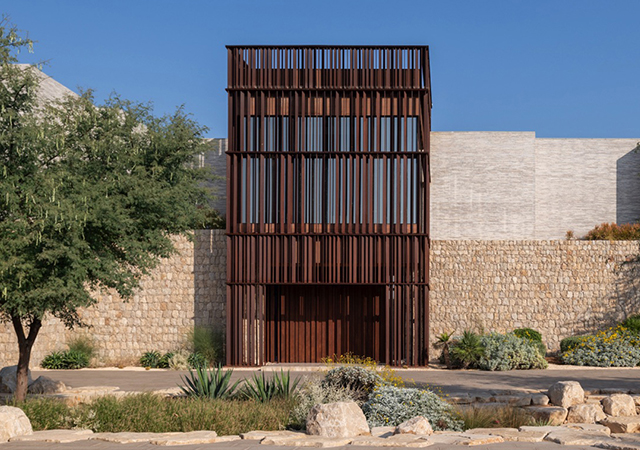
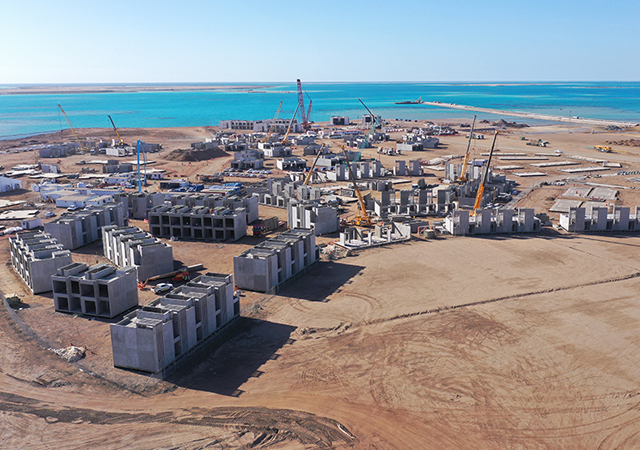
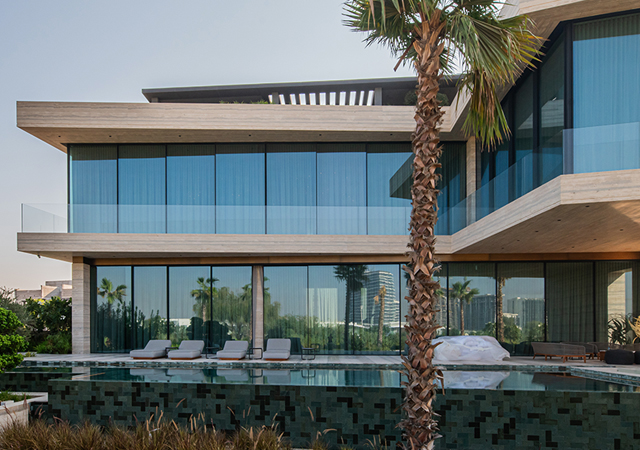
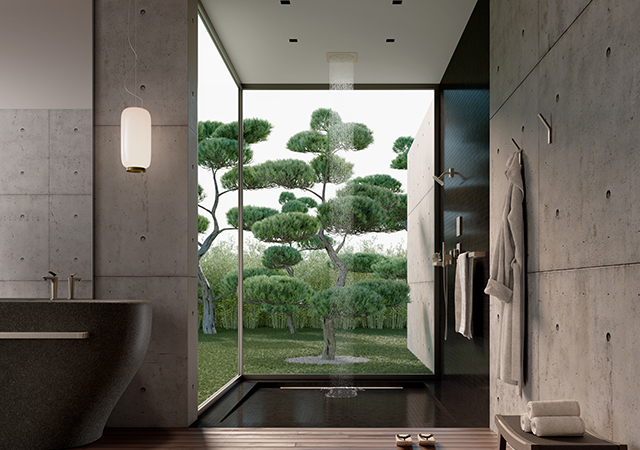
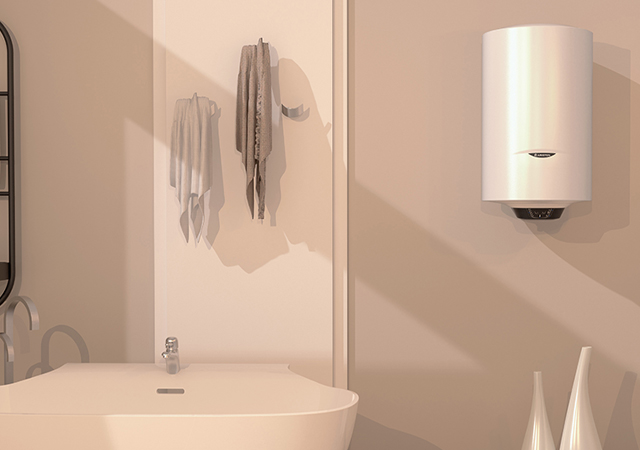
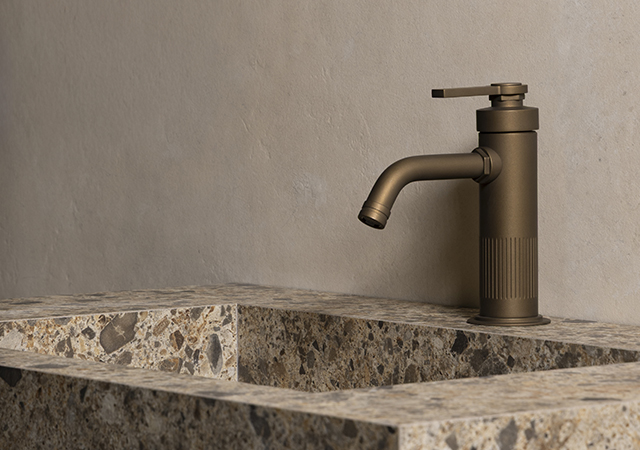

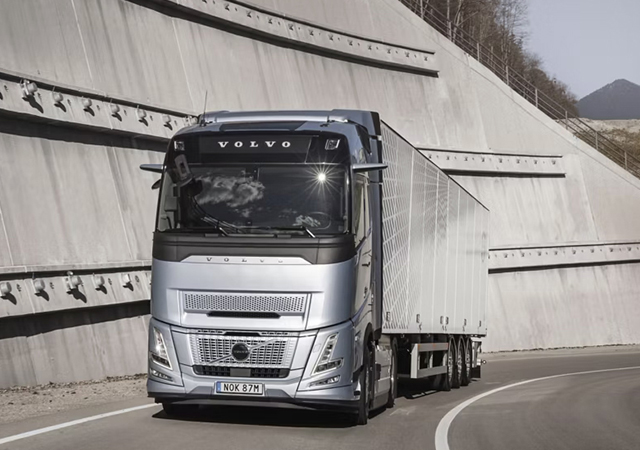
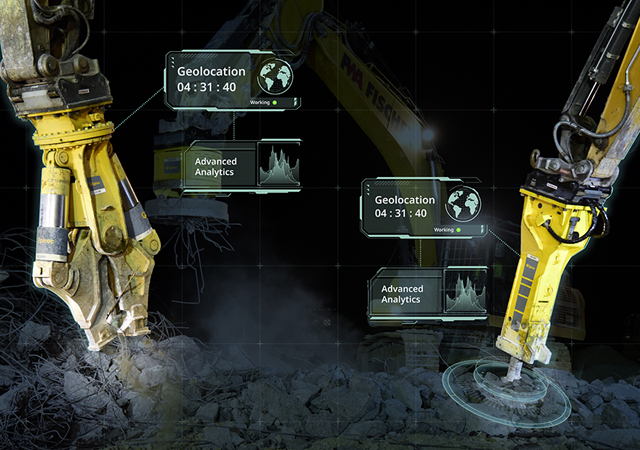
 (1).jpg)
